You pay attention to everything your dog does. This includes watching what they eat, keeping track of their exercise needs, and making sure they stay comfortable at all times. So you definitely monitor their sounds. A sneeze here or there is no big deal. (After all, it’s a normal habit) You probably visit the vet when you start hearing coughing. And vomiting? That can wake you from a sound sleep. But what do you make of a string of rapid sounds that aren’t quite sneezing and aren’t really coughs? Should you get concerned or chalk them up as normal doggie noises? And what ARE they? Dog reverse sneezes puzzle and even scare owners. This is why we’re going to explain everything you need to know about the tricky behavior.
The Backward Sneeze
Normally, when a dog sneezes, they expel air forcefully out of their nose. (Actually, that’s how ANYONE sneezes) Sneezing helps to get rid of irritation within the nasal cavity. But sometimes, irritation zeroes in on the soft palate. This is the tissue in the roof of the mouth, almost at the back of the throat. The soft palate helps with making sounds, swallowing, and breathing (the trachea is extremely close).
And a normal sneeze? It can’t do much for that spot. The nasal passage IS close, but if your dog gets a piece of grass stuck on the soft palate? Trying to maneuver that blade of grass off the tissue and up into the nasal passage to snort it out is challenging.
This is where paroxysmal respiration or reverse sneezes come into play. Instead of pushing air out of the nose, your dog brings air IN. (Hence, a backward sneeze)
Anatomy of a Reverse Sneeze
Irritation causes the soft palate to spasm. It’s a muscle, and the spasms try to get rid of that “tickling” sensation. Unhappily, the spasms cause the trachea to narrow. A narrow trachea makes breathing difficult. You usually see your dog extend their neck to try to get air through to their chest. When that doesn’t help, they start forcing air through their nose in long, sharp breaths. Air moving through a narrow trachea creates a lot of noise, and that’s what you hear as a reverse sneeze.
Most reverse sneeze episodes only last around 30 seconds. But if it’s the first time you hear the sound? It seems to go on FOREVER. And the fact that your dog acts normal before and after adds in an extra wrinkle. Reverse sneezes are strange, and many owners struggle to describe them to their veterinarian. It’s not a cough, nor is it choking. But it’s an unusual sound. The YouTube video below shows a dog with reverse sneezes to provide an example.
Causes of Dog Reverse Sneezes
Showing up out of the blue, reverse sneezes often puzzle owners. What brings on that crazy sound? Well, irritation. The backward sneeze is designed to help dogs reach irritants on the soft palate. It steps into the area between the nasal cavity (where the average sneeze can help) and the trachea (where a cough might function). And irritation? That comes from PLENTY of sources:
- Allergies
- Household irritants such as perfumes, colognes, air fresheners, or cleaning products
- Eating or drinking too quickly
- Pulling against a collar
- Overexcitement
- Elongated soft palates (often seen in brachycephalic breeds such as Pugs)
- Infections
- Nasal mites
- Foreign bodies or masses within the throat
These episodes are most common in small dogs. And because it involves the soft palate, reverse sneezes are a fact of life for anyone with a brachycephalic dog. But you can see them in ANY breed of dog. Our Greyhound demonstrates her backward sneeze off and on. Usually, we hear it after she’s spent time sneaking chomps of grass out in the backyard. (She’s convinced she’s part cow)
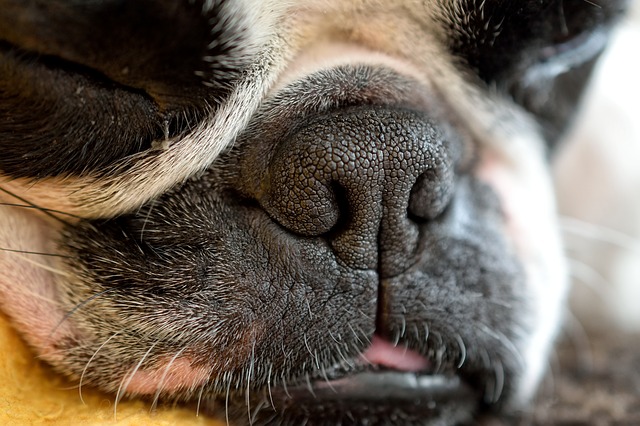
Diagnosing Reverse Sneezes
Reverse sneezing is frightening, especially if you aren’t sure what the episode is. And any time you don’t know what’s going on with your dog? You should make an appointment with your vet. If you can, take a video. This will help confirm whether or not you’re seeing reverse sneezes. Because the odds are pretty slim your pup will oblige and demonstrate the behavior at the appointment.
However, the sound’s pretty unique. It doesn’t resemble the “goose honk” of tracheal collapse you hear in most tiny breeds. And you won’t see the frantic, labored breathing and open mouth you’d see with an asthma attack (which also has a wheezing component that’s pretty easy to hear). That can help relax some of your panic.
Your vet may recommend a chest radiograph (x-ray) to make sure there’s no infection going on. And if you’re noticing frequent bouts, they may advise allergy testing or a rhinoscopy. A rhinoscopy allows them to guide a camera into the nasal cavity and down to the soft palate to look for trapped foreign bodies or other problems.
Treating Dog Reverse Sneezes
Your dog won’t let you know when a bout of reverse sneezes is going to come on. They’re pretty spontaneous. And, remember, pups act normal before they happen. So there isn’t much in the way of medical treatment. If your vet determines allergies are the root of the problem, they may prescribe an antihistamine for you to have on hand during the worst of the season. It will help calm down the inflammation before it can bother the soft palate. But by the time you reach for a medication, the sneezing will have stopped.
However, you’re not completely helpless. There are non-medical things you can try to ease your dog’s discomfort:
- Gently occlude both nostrils to encourage your dog to swallow.
- Carefully massage your dog’s throat. This may calm the irritation or dislodge the problem.
- Lift your dog to help them change the position of their head. This will also move the soft palate and may stop the spasm. (If you have a giant breed, have a care for your back)
- Attempt to distract your pup with a treat or favorite toy.
- If you can do so SAFELY, press down on your dog’s tongue. This causes them to take an open-mouth breath and opens the back of the throat.
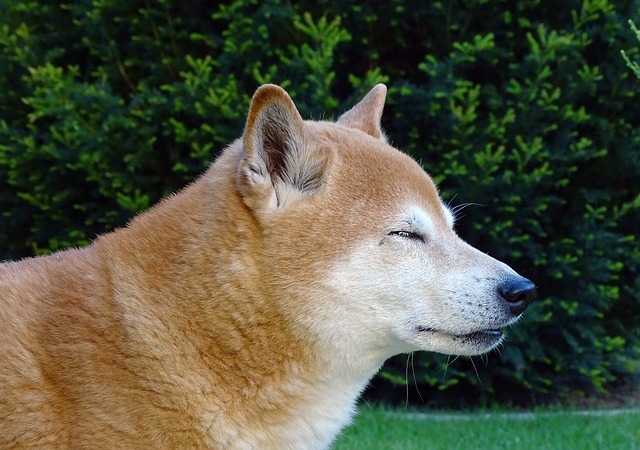
Prevention
The best way to limit the number of reverse sneezing episodes is to identify the causes. And having a discussion with your vet is the best place to start. They can help you narrow down the problem. Then you can work on adjusting things around the house to make your dog as comfortable as possible.
For instance, if you know your dog is reacting to allergies, you can limit outdoor walks when the pollen count is in the red. And always make sure you keep smoke, perfumes, and other scents out of the house. You can also make sure you have that antihistamine available during the months when you know your dog suffers the worst reverse sneezes. (In our case, we do our best to limit our dog’s “grazing” habit)
For dogs that get excited when you break out the tennis ball, work with a trainer. They can teach you how to play calmly. You want to use a soothing voice and tone down the exuberance on YOUR end. Then your dog will learn to play without getting so worked up they trigger an episode.
Not a Cough and Not a Sneeze
Reverse sneezes trouble people. It’s not a common sound they’ve often encountered. And it comes out of nowhere! Then your dog goes back to whatever they were doing as if nothing happened in the first place. Do you panic and rush to the vet? Or do you sit back and watch for another episode? Luckily, reverse sneezing isn’t dangerous, though it’s still a good idea to chat with your vet. They can help you figure out what’s causing the backward sneeze. And then you can work to limit the irritation of that soft palate.
You’ll probably still pause each time you hear the crazy sound. But at least you’ll know what it is and probably even where it’s coming from.

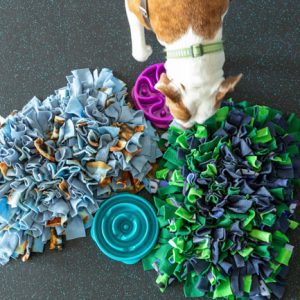
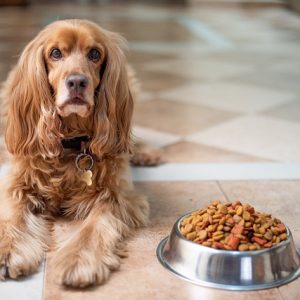
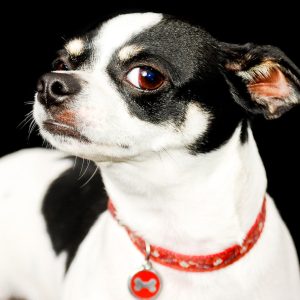
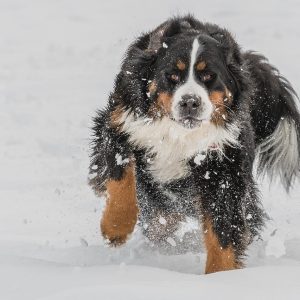
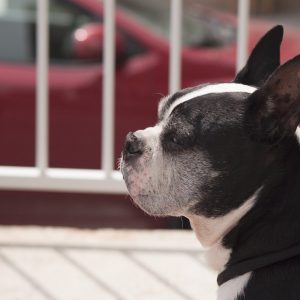



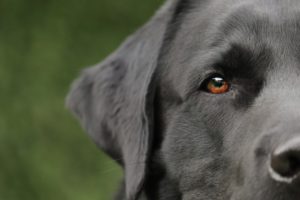
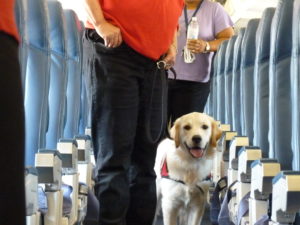
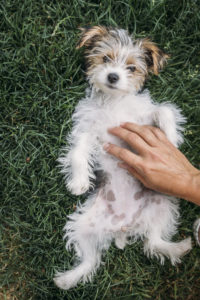

No comment yet, add your voice below!